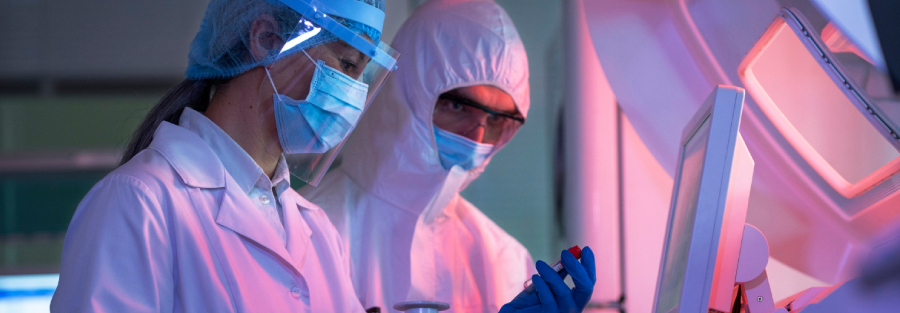
mRNA manufacturing
mRNA-based therapeutics and vaccines are transforming modern medicine. However, to ensure their efficacy and safety, mRNA must be produced through a highly effective mrna purification process. Achieving the necessary purity levels is a significant challenge that can influence the overall success of these therapies.
Whether for cancer immunotherapies, infectious disease vaccines, or genetic treatments, the choice of mRNA purification process affects drug stability, patient safety, and regulatory compliance. Understanding the techniques and optimization strategies behind purification is vital for anyone involved in mRNA synthesis.
Impurities in mRNA Reaction Mixtures
In vitro transcription (IVT), the core of mRNA manufacturing, introduces various impurities, including:
- Residual DNA templates (plasmid or PCR-derived)
- Transcription enzymes (e.g., T7 RNA polymerase)
- Unwanted truncated RNA fragments
- Double-stranded RNA (dsRNA) contaminants
- Capping reagents and unincorporated nucleotides
A robust mrna purification process must eliminate these contaminants to meet clinical-grade quality.
Lithium Chloride (LiCl) Precipitation Method
Principle
LiCl precipitates high-molecular-weight RNA selectively, leaving behind most proteins and smaller impurities.
Steps
- Add 2.5–3 M LiCl to IVT product.
- Chill at 4°C for 30 minutes to overnight.
- Centrifuge to pellet the mRNA.
- Wash pellet with ethanol and dissolve in buffer.
Pros
- Simple, cost-effective
- Useful as a first cleanup step
Cons
- Ineffective at removing dsRNA
- Poor scalability
- Limited yield and consistency
Though basic, this method isn’t suitable as a standalone mrna purification process in GMP settings.
Magnetic Bead Purification
Principle
Magnetic beads with oligo(dT) or antibody coatings bind selectively to poly(A) tails or specific RNA features.
Procedure
- Mix beads with the IVT mixture.
- Allow binding through incubation.
- Use a magnetic field to separate beads.
- Wash and elute the purified mRNA.
Pros
- High specificity and recovery
- Suitable for automation
- Compatible with sterile GMP environments
Cons
- Costly at industrial scales
- Potential bead carryover
- Multiple processing steps
Magnetic bead-based mrna purification process is widely used in clinical research and small-batch production.
Chromatographic Purification Methods
Key Techniques
- Affinity Chromatography
- Targets specific RNA features or contaminants using ligands or aptamers.
- Ion-Exchange Chromatography (IEX)
- Separates RNA by charge; anion exchangers are commonly used for mRNA.
- Hydrophobic Interaction Chromatography (HIC)
- Exploits differences in hydrophobicity to purify or polish mRNA samples.
Advantages
- High-resolution separation
- Scalable for large commercial batches
- Supported by regulatory guidelines
Challenges
- Expensive resin and buffer requirements
- Detailed optimization needed
- Cleaning and validation complexity
Still, chromatography is often the preferred mrna purification process for commercial-grade production.
Optimizing Purification Parameters
To ensure effective mrna purification process performance, manufacturers must tune variables like:
- Salt concentration: Impacts binding and elution efficiency in IEX and HIC.
- Temperature: Influences RNA stability and hybridization efficiency.
- Buffer pH and composition: Affects integrity and contaminant removal.
- Molecular size considerations: Useful in size-exclusion steps.
- Enzyme deactivation: Essential to prevent downstream degradation.
Tailored parameter sets maximize both yield and purity.
Summary / Method Comparison
| Method |
Strengths |
Limitations |
Best Use |
| LiCl Precipitation |
Low-cost, simple |
Low purity, not scalable |
Initial lab-scale purification |
| Magnetic Beads |
High specificity, GMP-compatible |
Costly at scale, bead carryover risk |
Clinical research, medium-scale batches |
| Chromatography |
High-purity, scalable, regulatory-ready |
Expensive, complex method development |
Large-scale commercial manufacturing |
Choosing the ideal mrna purification process depends on batch size, target application, and regulatory needs. Most workflows combine multiple methods to optimize throughput, cost, and purity.






